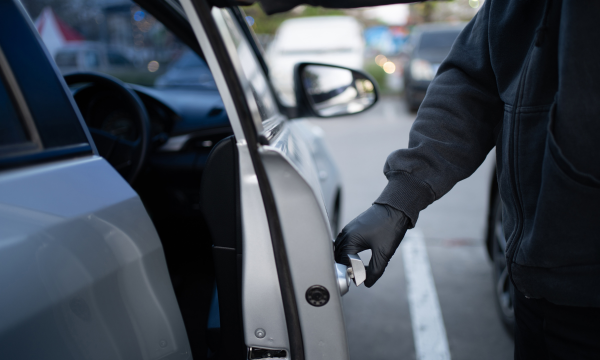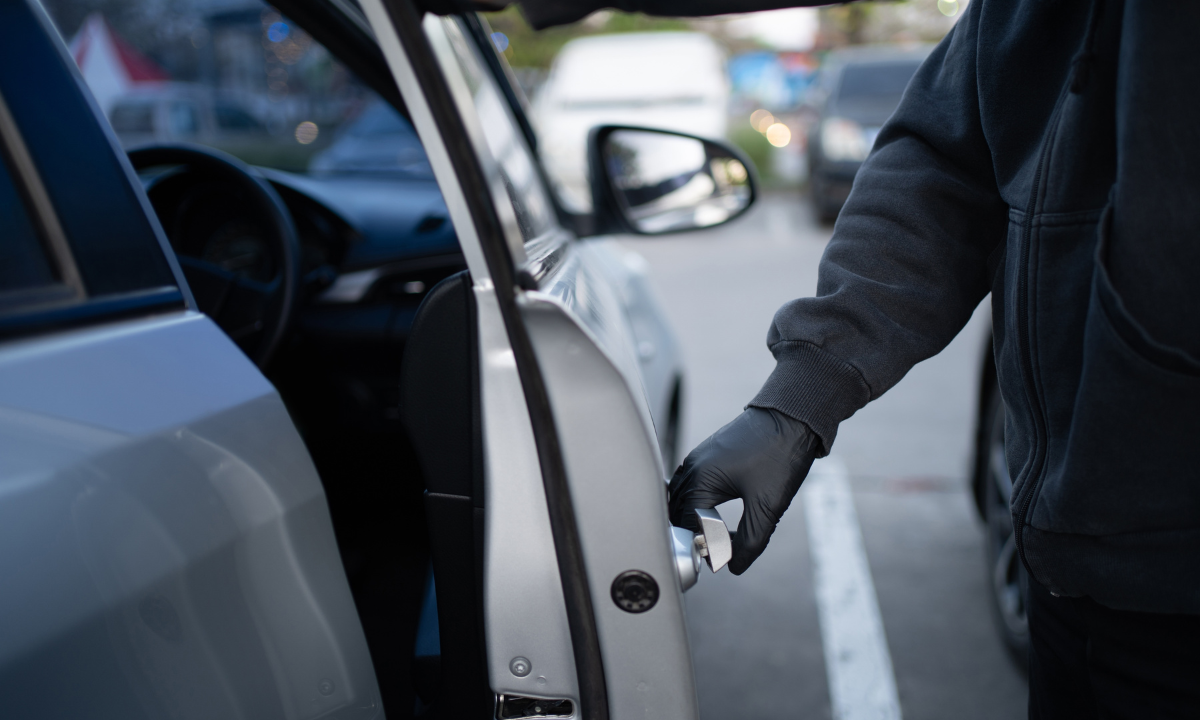It’s high time for the government to address the rampant exportation of stolen vehicles
While most of us might not like to admit it, we’ve probably all been taken advantage of at some point during our lives by those who prey upon vulnerability, weakness or simply naivety.
In the movies, this is often referred to as being an “easy mark”, by those looking to exploit others. The benefit of having the experience of being an easy mark is that hopefully we have learned our lesson. We know what to look out for and we are more aware so that that never happens to us again.
In the context of this column, the easy mark I am referring to is not a person, but rather our country, Canada, as it relates to being a bastion of opportunity for organized vehicle theft rings, for a variety of reasons, according to INTERPOL.
It is disconcerting to automakers, insurers, police authorities — and most of all victimized consumers, that vehicle theft, in Ontario and Quebec especially, has increased more than 45 per cent over the last year. Seemingly missing from the list of those concerned about auto theft is the federal government of Canada.
If there is going to be a solution to the auto theft problem in Canada that is principally centred in Ontario and Quebec, then it is going to require a holistic solution involving automakers, insurers, police, ports and the federal government. The missing actor in this effort to date has been the feds.
The federal government owns the Port of Montreal that has been perhaps unfairly maligned for being essentially a sieve for stolen vehicles exported to Africa and elsewhere.
The federal government is also responsible for the Canadian Border Services Agency, under the auspice of the Minister of Public Safety and Emergency Preparedness, the Hon. Marco Mendicino. The CBSA, amongst other things, monitors all imports and exports into and out of Canada. Well, the CBSA does this in theory, because it would be impractical to monitor all imports and exports.
As a consequence, such monitoring is done on more or less a random basis, but also on the basis of intelligence gathering and tips, associated with potentially illegal imports or exports.
However, we have a real problem and despite everyone — including the auto thieves and traffickers — knowing how easy it is to transport stolen vehicles in containers for export to and through the Port of Montreal, precious little seems to be actually being done to mitigate this issue by the federal government.
The question is, why? Vehicle theft costs insurers and consumers millions of dollars not to mention the inconvenience to consumers of trying to secure a replacement vehicle in an inventory-constrained environment.
It would seem that vehicle theft lacks the cache of drugs and guns, for which specific federal task forces have been set up, because it has traditionally been viewed as a “victimless” crime. Tell that to those who have been carjacked at knifepoint or gunpoint. Indeed, in Toronto alone, carjackings doubled from 2021 to 2022.
Carjackings, and some home invasions, are the result of vehicle manufacturers making vehicles more difficult to steal, but the real question remains, what will it take to bring federal government attention and action on this issue?
Never mind the fact that Canada is a signatory to at least two United Nations declarations (the 1994 Declaration on Measures to Eliminate International Terrorism and the 1997 International Convention for the Suppression of Financing of Terrorism) that compel our leaders to take action to mitigate the funding of terrorism and terrorist activities.
At least some of the vehicle theft in Canada is financing things elsewhere; yet not much seems to be happening. Likewise, back in 2010 the Criminal Code in Canada was amended to specifically address auto theft and trafficking. The Tackling Auto Theft and Property Crime Act, came into force on April 29, 2011, but what’s changed? Nothing really. It all comes down to a willingness to address the issue through enforcement of the laws and provisions that exist.
If there is any question as to the root cause and factors influencing a rise in vehicle theft, then how about setting up a special task force within the federal government to get to the bottom of the issue, in conjunction with other stakeholders?
Additionally, how about amending the penalties and punishments arising from conviction under the Tackling Auto Theft and Property Crime Act? If the opportunity is great (it is estimated that a $100,000 vehicle stolen in Canada can fetch up to $250,000 in some foreign markets), the enforcement is light and the punishment is relatively light (18 months in jail for a summary conviction) it should not come as a surprise that auto theft runs rampant.
Our parliamentary committees look at a number of different issues of national importance. Why not a series of hearings in front of the Justice Committee or the Public Safety and National Security Committee of the House of Commons? Let’s hear from the experts about what can be done to address this serious issue and get on it!
Unless the issue becomes a priority for the federal government, and unless we all work together to stop the flow of vehicles out of the country, vehicle thefts will continue to increase.There is too much financial upside, and too little downside for vehicle thieves to give their actions a second thought.
















